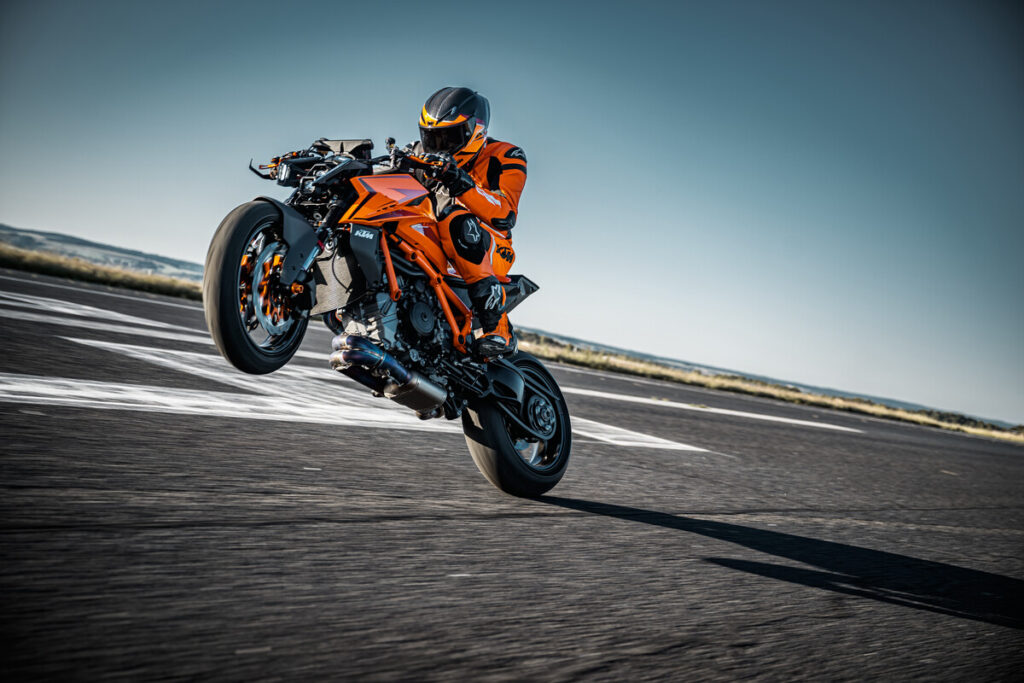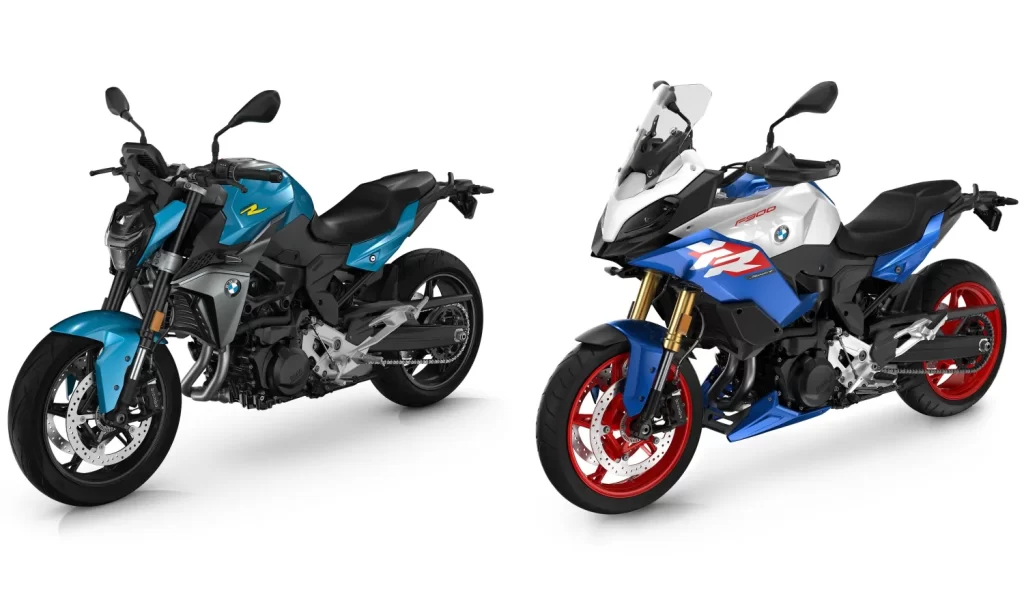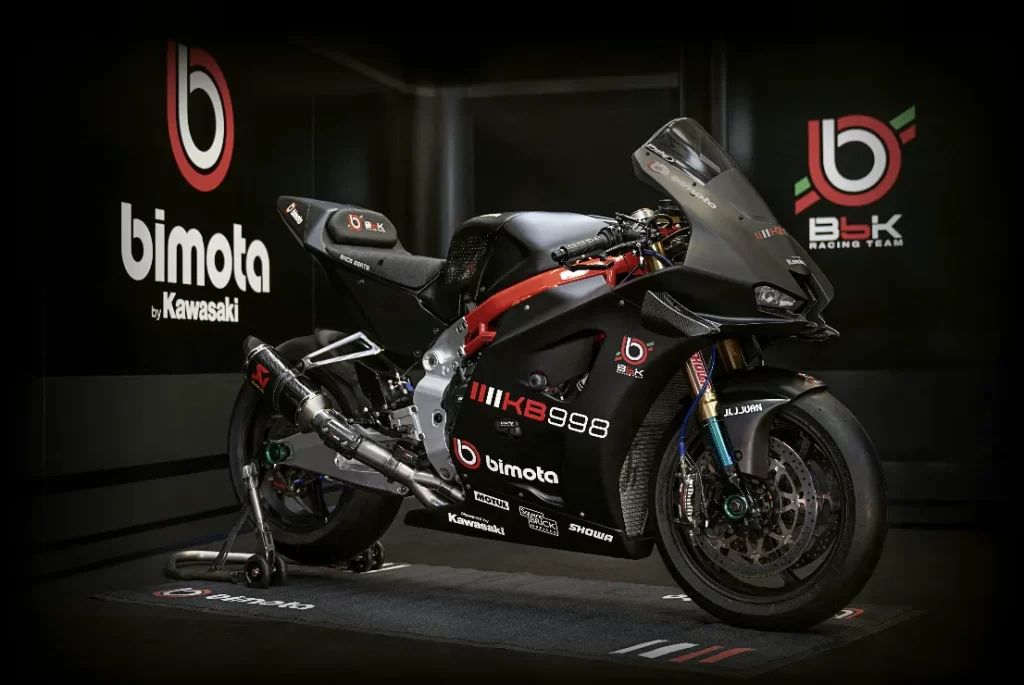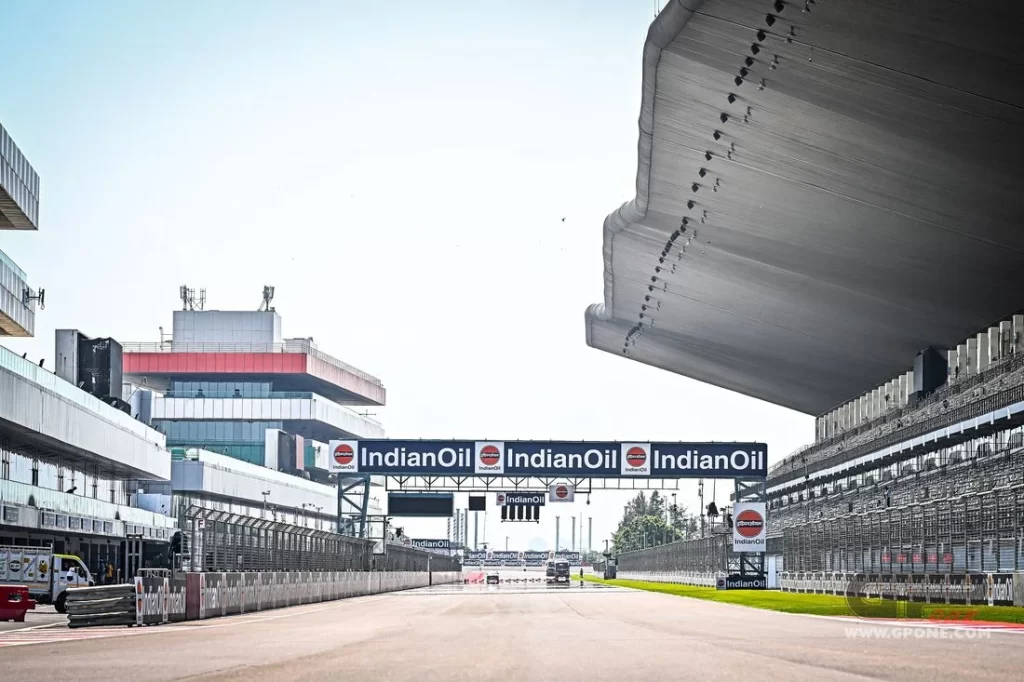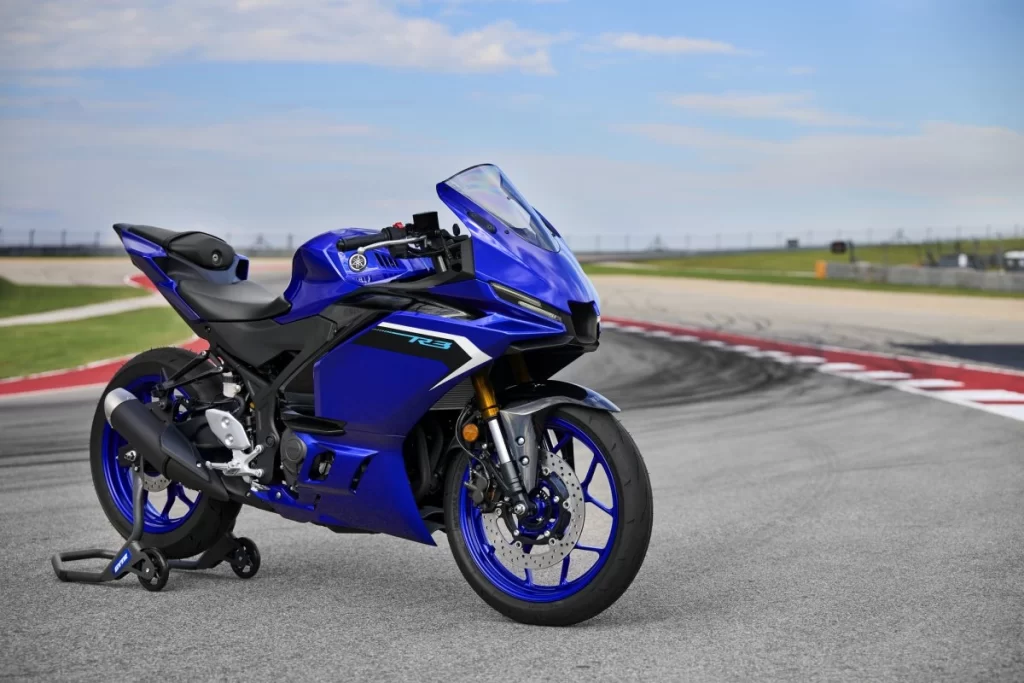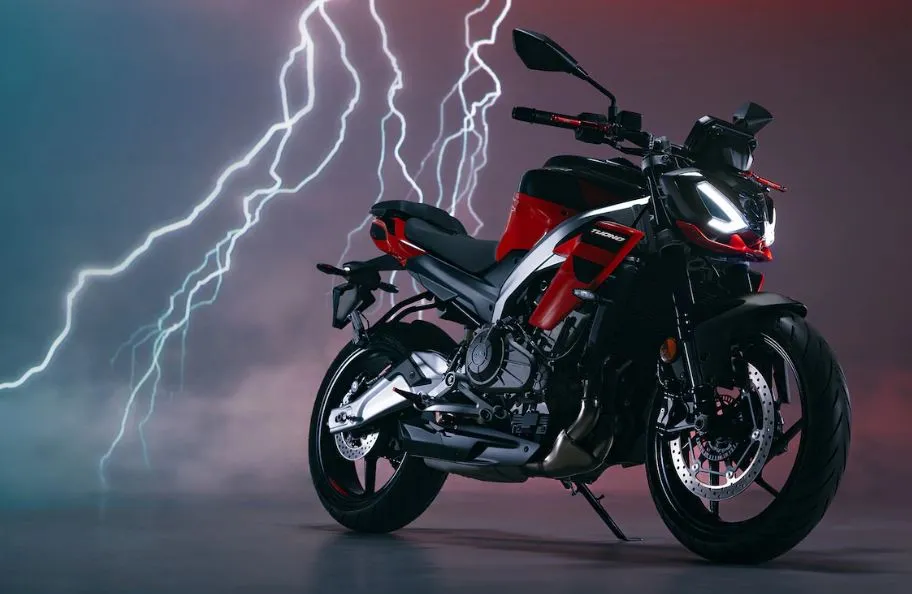Before we proceed, let’s get one thing straight, a motard is a class of bike that is a cross-breed between a road-going bike and a dirt bike. It uses regular street tyres instead of dirt types, features a high ground clearance, and requires an upright seating position. Unlike a proper supersports or cruiser, motards are a totally different riding experience, and it can be as quick as any other depending on how brave the rider is.
To put it simply, a motard is the most mischievous bike type ever conceived. Period. While the small-ish fuel tank makes it impractical for out-of-city travels, a motard comes into its prime when unleashed in a tight and small circuit. Around the world, the trend for such bikes to be used at private races quickly picked up, and it didn’t take manufacturers long to see the appeal.
The first to spearhead this in the 90s was Gilera, long before the arrival of Ducati’s 2007 rendition – the first Hypermotard. Some argued that Ducati’s creation was more of a bridge between the street and the circuit instead of a race-ready monstrosity. But the combination of its badge and fun-loving nature saw it move off showroom floors quick enough to become a cult favourite.
New (right) and old (left)
The previous Hypermotard 1100SP’s title as the ‘King of Wheelies’ was not a gimmick either. Many who bought them were those who longed for a bike with an extreme edge. What they sought was a bike that only wanted to wheelie in between traffic lights and perform dramatic 20-degree powerslides in a getaway, to which the Hypermotard duly obliges.
Minus the insanity, the Hypermotard felt like the perfect machine to roam cities with. Agile in traffic, the massive amount of power it generates also guarantees countless hours of kneedown and powerslides around a circuit.
But things have moved on as this new Hypermotard has somewhat lost the raw edginess seen in the outgoing variants – the 796, 1100, and the demented 1100SP. The upside however is the fact that Ducati has made it much easier to choose one over another with only two variants, the Hypermotard and Hypermotard SP.
Except for the overall length and design, this is a whole new bike and we do not disagree with its looks. It is still mean and rude as ever, but the new bike’s appeal somehow fits almost anyone of us who appreciates a good design.
Upon closer inspection, you will find plenty of changes and revamps in the new Hypermotard. LEDs are now equipped in the headlights, followed by a new seat design, the repositioned side exhausts, and the front shocks moved closer to the body. But most significant of changes here is the brand new liquid-cooled engine replacing the previous air-cooled type.
The new smaller 821cc capacity has softened the bike slightly, becoming less prone to wheelies and lacking the explosive nature its predecessor was famed for. Instead of leaving you in the mercy of a monstrous power band, the new Hypermotard makes you earn that pleasure.
The engine is still rev-happy as before and felt like it could rev for days on end. But it does not take long for the shift light to trigger, a point where you discover the new rev-limiter, now set at 10,000rpm. Other than that, the clutch operation feels very light while the quicker gearshifts have become more accurate and smoother as well.
This new Hypermotard also features Ducati’s new electronic Ride-By-Wire (RBW) electronic throttle in place of the outgoing model’s analogue cable connectors. Although lighter and more efficient, it’s tougher to find that soft spot between grip and power. The only real solution to this is to keep it wide-open, brake hard into a corner to push its weight forward, and slide the tail.
While ‘timid’ and ‘forgiving’ are somewhat unsuited to describe the new Hypermotard, in reality, it really is both. Unlike the outgoing model, this new one is much easier to ride and is less punishing. What I meant to describe was the different riding modes available, and the comprehensive Ducati Safety Pack that equips the bike with eight-way traction control, and ABS brakes that you can deactivate or channel to the front-wheel only for optimum control.
Like the 1199 Panigale, the Hypermotard SP features Sport, Race and Wet power modes while the standard Hypermotard instead features Sport, Touring, and Urban. In Sport, all of the 110hp is fully accessible with the sharpened throttle response, having minimal electronic intervention. The ABS brakes intervenes at the last possible moment, and when the situation gets extreme, the otherwise dormant traction control eventually kicks in.
The SP’s Race mode however feels like a bike overdosed on power. It is easy to get things wrong in it as the electronics only intervenes at the last possible chance. One way to combat this is to simply shift your weight around and force those Pirelli Diablo Supercorsa rubbers to grip, and things eventually evens out perfectly. Though not as wheelie-hungry as the outgoing 1100SP, this new SP’s biggest trump card lies in its usabilty, but I found that aspect much more evident in the standard Hypermotard instead.
The standard Hypermotard does do without the fully adjustable and pressurised Marzochi forks, but it is much more sane to ride in Touring mode as compared to the ludicrous SP. All 110hp is accessible, but the throttle sensitivity is greatly reduced, acting more submissive than the SP. Power still accumulate quickly as you build up the revs, but it is not as ballistic in the SP, nor does it fit in as the perfect all-rounder.
While the plank-like seats have been slightly improved, the bike’s complete redesign lets you sit further back than before, matched by the raised handle bar height. It loses the old model’s infamous crotch-on-tank feel, and as it is taller, you sit higher as well in the new bike. A low-seat option is available, but even that is a good 5mm taller than the outgoing bike’s highest point.
In other words, the new Hypermotard will not suit shorter riders, which is a real shame because of the fact that this is one bike one must experience at least once in a lifetime. This is not a bike for long distance rides as well being simply too uncomfortable to do so, not to mention the limited range from the 16-litre fuel tank requiring a fill up every 100km or so. But if you seek a bike to beat weekday traffic that has the ability to perform for those weekend trackdays as well, few in the market are at par with the Hypermotard.
The reincarnated Hypermotard is due to arrive on Malaysian shores within the second or third quarter this year. No lead on pricing just yet, but we foresee the Hypermotard’s rude brilliance costing big bucks.






